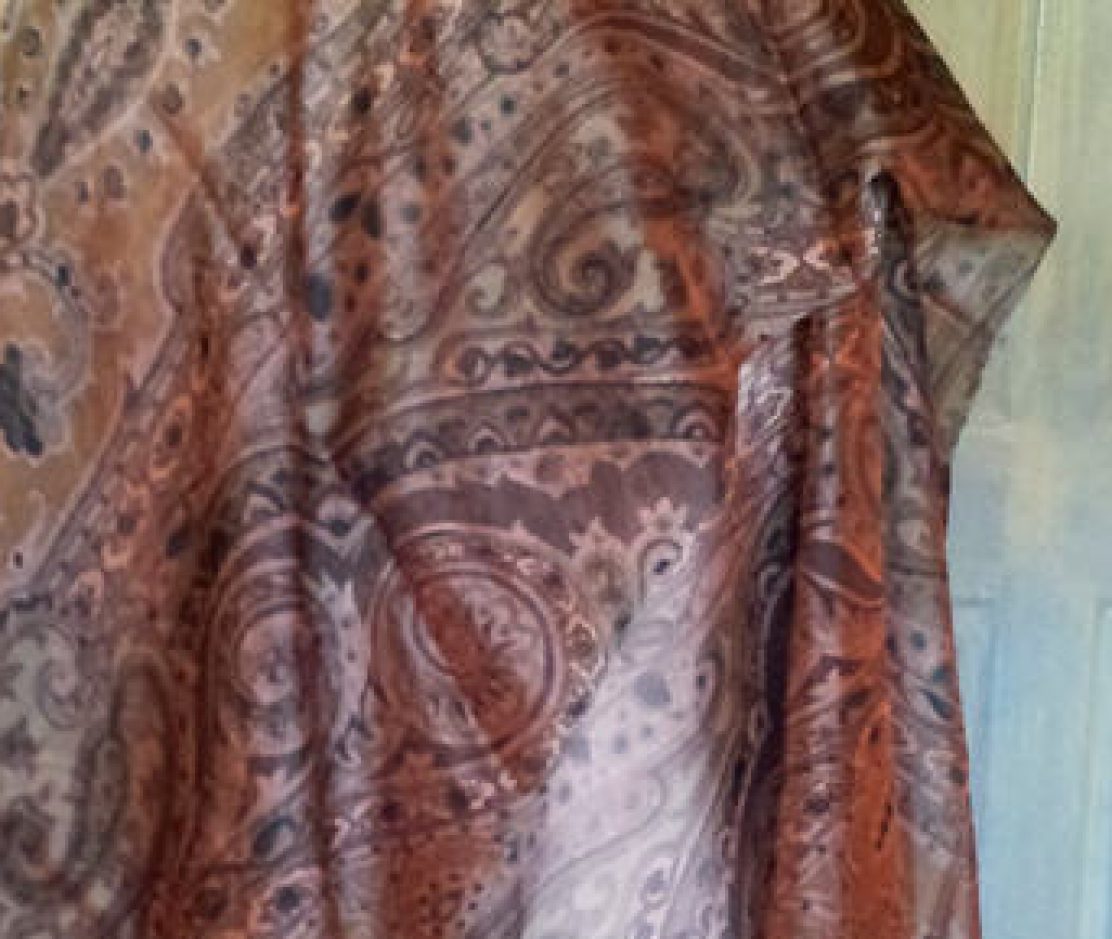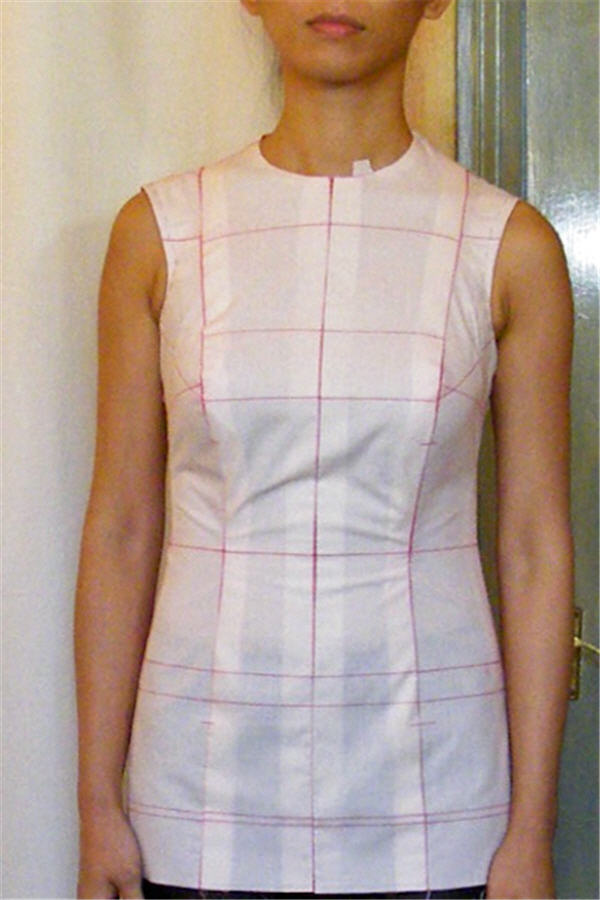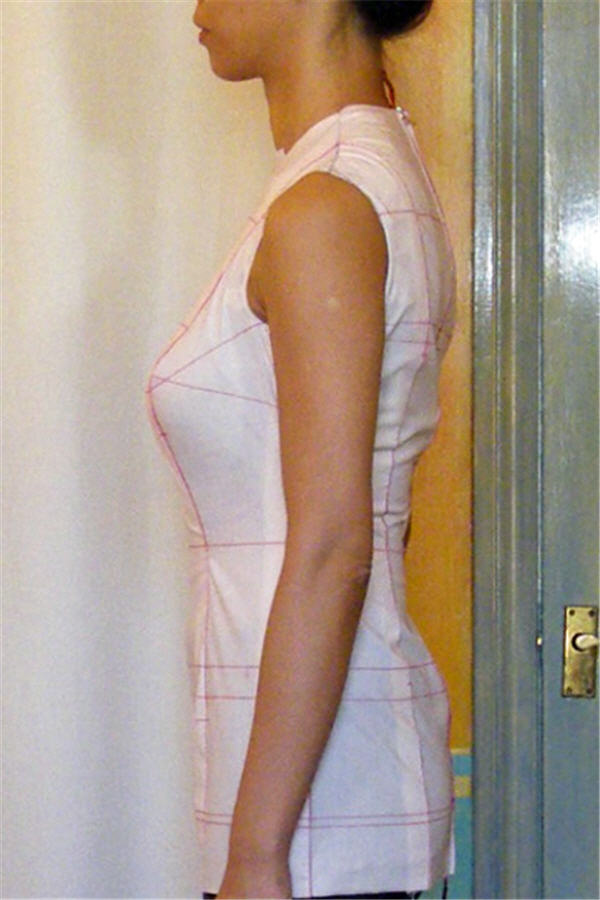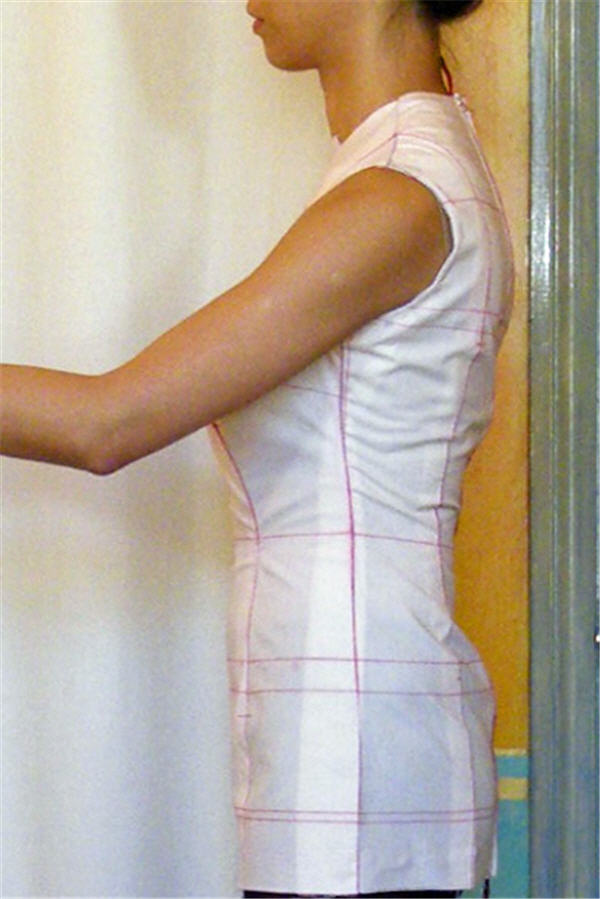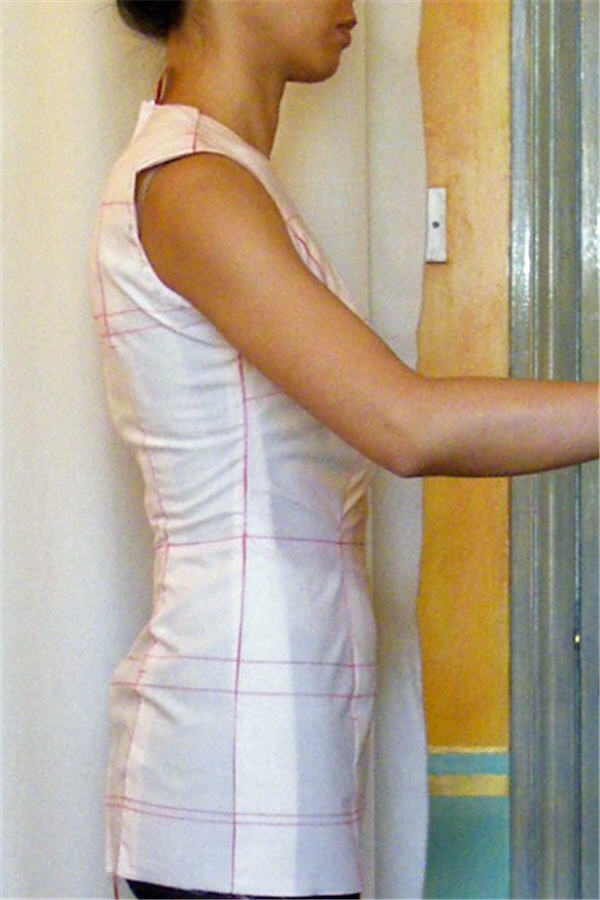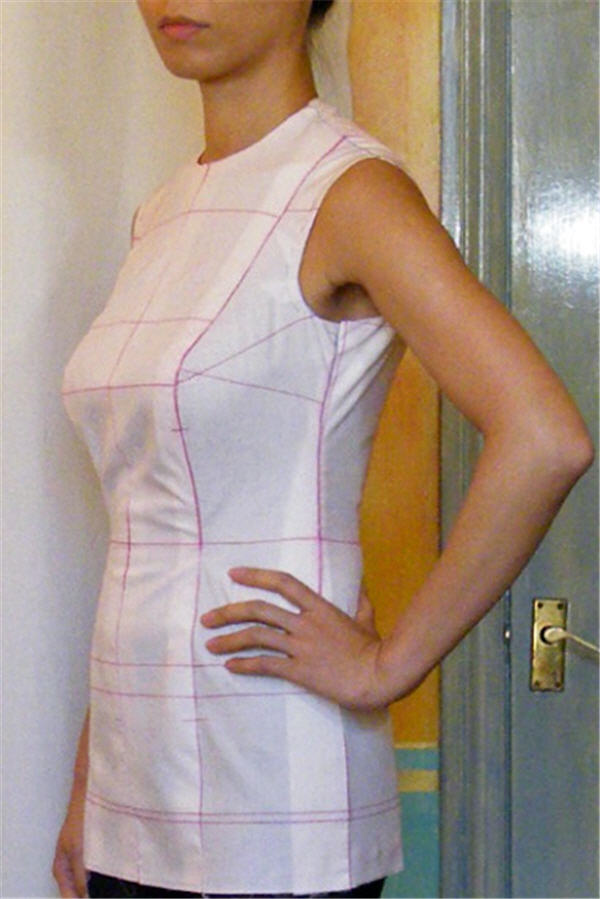So way before my holiday(s?), I was testing out my knit block. First batch of experiments were on using the block to alter commercial patterns.
To 2-birds-1-stone it, I picked a couple of raglan-T patterns rather than yet another normal sleeved patterns. Actually make that 3-birds-1-stone. A long long time ago, I had made a couple of Burdastyle marinière tops, which despite fitting failings I still wear to death. So this will be the chance to try to rectify those fitting failings & multiply my supply of ever versatile (& flattering) marinière tops. First up, a plain Jane raglan T.
The Pattern
Style Shots & Mug Shots
(Mug shots further down for very good reasons!)
Fabric & Notions Used
The fabric was from my stash. And I have loads of it. It was on sale for 5-meters lengths. The color doesn’t really match the online store photo. And the feel is a bit scratchy. So I wasn’t mad about it and happy to use it up for a wearable muslin.
Size Used
Size 34 instead of the recommended 36 since it’s closest to my knit block.
Pattern Changes Made
Fitting change
OK, this time I’m not going to itemize all the alteration measurements. I’ll just show you the process, since that’s the whole point of this experiment – altering with minimum measurements!
The key steps I went through in this test are…
- Align Bodice Patterns with Bodice Blocks at underarm. In this case I wanted a little bit more ease underarm, so I lowered the pattern slightly.
- Align Sleeve Pattern’s shoulder mark with Bodice Block’s shoulder seam, then Sleeve Pattern’s neckline with Bodice Pattern’s neckline. In this case you can see there’s a bit of overlap between the sleeve & bodice.
- Remove the overlap at the neckline – I choose to remove it from the bodice. This makes the neckline smaller, so less likely to fall off my shoulder or expose my bra straps. If I had gap instead of overlap, then I would have patch the gap instead to make the neckline just right.
- Check the Bodice widths & lengths. The front just needed length adjustment, and narrowing the waist tiny bit. The back also needed width adjustment along the entire length.
- Align Sleeve Pattern with Sleeve Block at underarm. Again, pattern lowered slightly for a bit more underarm ease.
- Check the Sleeve widths & lengths. The Sleeve is a bit too long for me. Widthwise it’s wider than my Block, but I felt I could do with a bit more ease at the underarm. So I only narrow the sleeve further down.
Design changes
- Lower & widen the necklines for a less conservative look.
- Shorten the Bodice & Sleeve for a hipper retro look.
Here’s how the final pattern looks compared to the original size 34…

And how it compares to my previous make of the same pattern…

Previously I had just made the design changes without doing any fitting changes first. The result was quite wearable, but the neckline was a bit wide, resulting in one too many exposed bra straps. Here are the mug shot comparisons…
Previous Make

Make 1 front

Make 1 side

Make 1 back
This Make

Make 2 front

Make 2 side

Make 2 back
OK, apart from the less risqué neckline, this make looks worse than the previous with all that draglines pointing to the bust in the profile, and the dreaded sway-back type draglines at lower back.
The back draglines are actually better than the previous make – the photos don’t show this that well. But obviously I haven’t crack this nut yet.
The bust draglines…I wonder if it’s to do with the fabric since the pattern widths are pretty much the same. In fact, in the new pattern I move a bit of width from the back to the front – the previous make’s back was a bit loose. The previous make was in what I presumed to be cotton lycra. But now I’m inclined to think it has some rayon in it. All the rayon fabrics I’ve used so far has that really lovely soft feel that just seem to mold to your shape in a knit, or drape flatteringly in a woven. I might have to make this again in a rayon lycra to test this theory.
Verdict on the Instruction
To be honest, it’s so long since I made the top, so I don’t really remember much about the process. I probably streamlined it by batching up seams to be sewn. (I was in production mode with this top & another 2 knit block tests.)
The main deviation I made was in omitting the armscye interfacing.
On normal sleeve knit tops I’ve been stablizing the shoulder seam but not armscye. Reason being I read that shoulder seams will stretch with weight of long sleeves if not stablized. But for close-fitting armscye like these I thought the armhole would be more comfortable if it retain its stretchability. The lycra in the fabric should theoretically help the armscye return to shape should it temporarily stretch out of shape.
For raglan sleeves I can’t figure out what would be the equivalent of the shoulder seam. So I just left out the stablizer altogether.
Now the embellishment…
 This being a plain T in an almost-not-there color – albeit with a subtle sparkle – I decided to add a bit of interest with fabric painting. Yes, again.
This being a plain T in an almost-not-there color – albeit with a subtle sparkle – I decided to add a bit of interest with fabric painting. Yes, again.
I thought it could be my commitment-phobe version of tattoos. However, standard tattoo black looks too harsh against the peach. So I picked Jacquard Lumiere 561 Metallic Gold which matches the metallic thread in the fabric perfectly.
The designs mimic the tattos that my favorite Japanese singer has.
 I thought hers look cool not trashy. Her tattoos were also meaningful. So I adapted the designs to make them meaningful to me too.
I thought hers look cool not trashy. Her tattoos were also meaningful. So I adapted the designs to make them meaningful to me too.
Mine stands for “Be Present” with a playful twist. “Be” is in the Queen Bee design. “Present” is in the barcode. Read whatever you want into it!
I tried making a stencil for these like Savory Stitches did with her stenciled bees. But the lines were too fine, the fabric too textured, so I couldn’t get clean lines stenciled. In the end it was tracing paper transfer & free-hand again.
Would I sew it again / Would I recommend it to others
A raglan T knit block? What do you think?
Like this:
Like Loading...
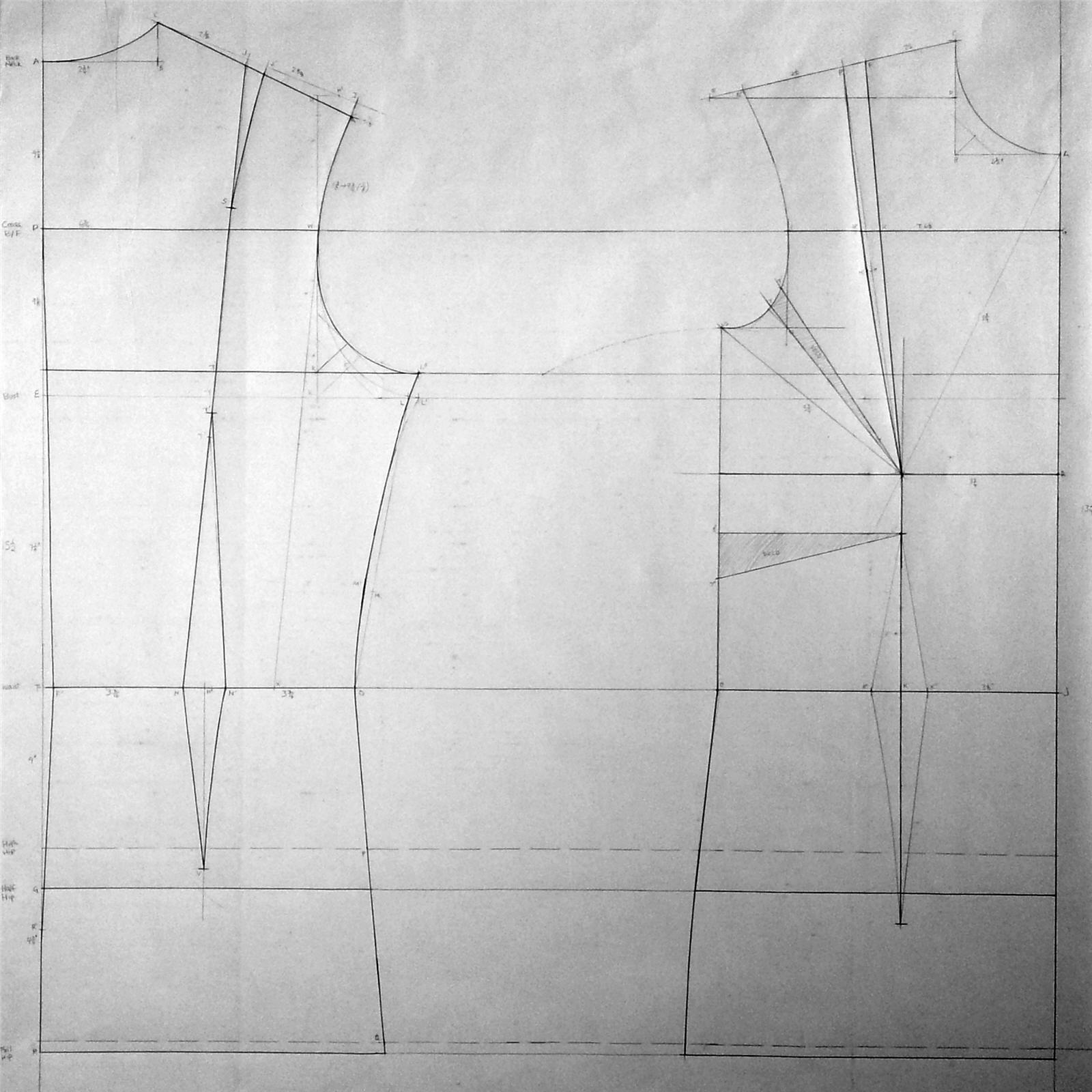
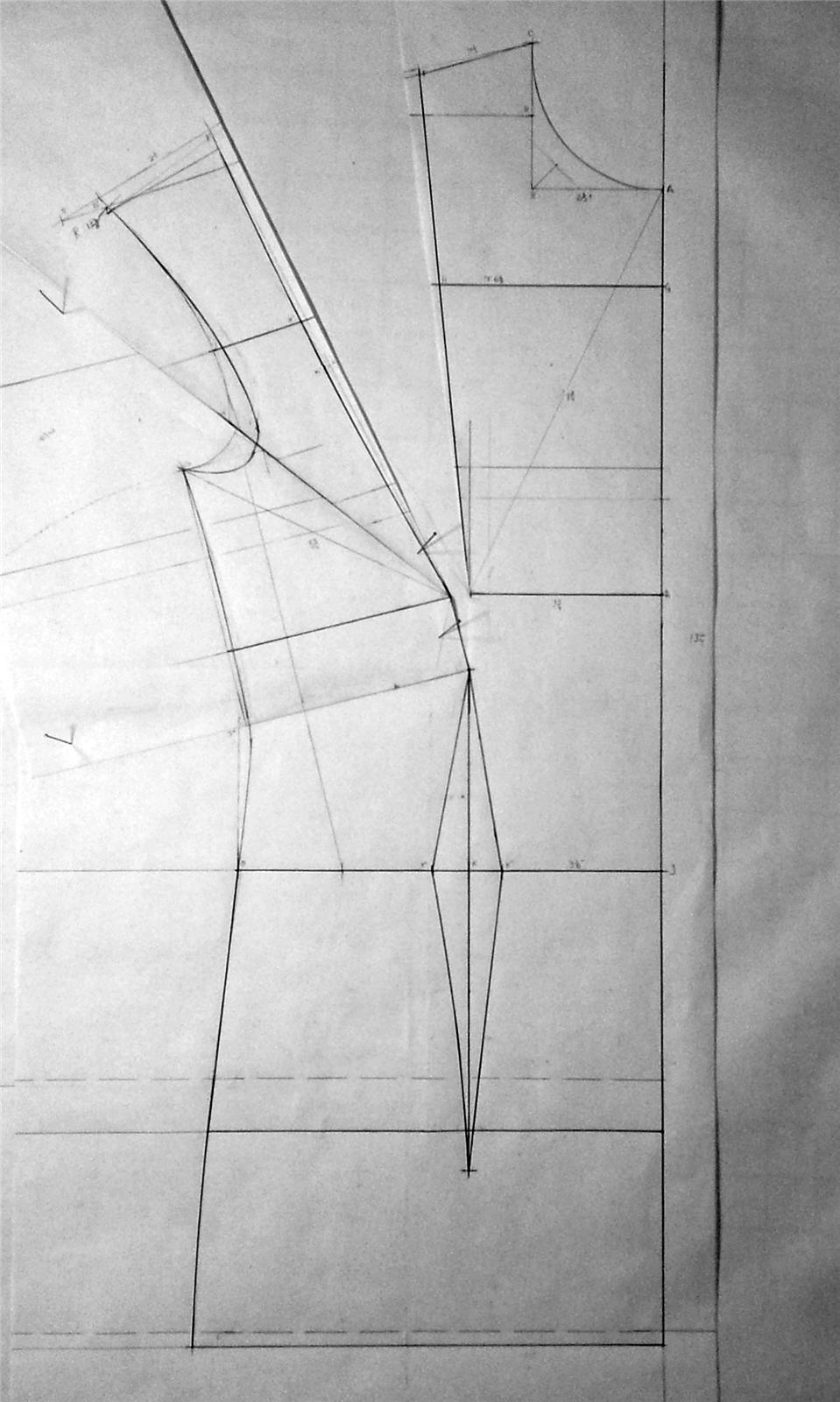 Bastardized D-cup+ instruction:
Bastardized D-cup+ instruction:
